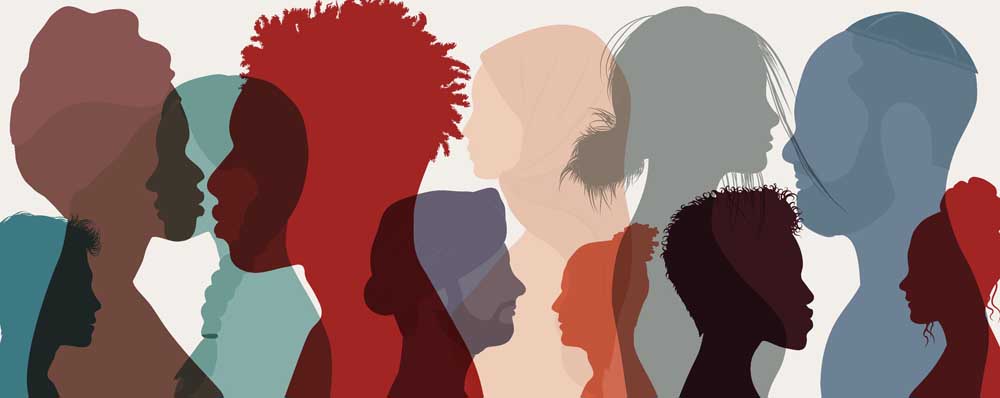Commentary: How to justify affirmative action in the workplace
Published 9:00 pm Monday, September 18, 2023

- Affirmative action
Ever since the U.S. Supreme Court’s decisions last spring about affirmative action in college admissions, advocates of diversity in the workplace have wondered about the implications for employment. The recent lawsuit challenging an apprenticeship program designed to expand opportunities for people of color is likely to give us more data. And although many in the civil rights community are understandably wary, I think there’s a fair chance the program survives the challenge. If it doesn’t, we’ll wind up with a peculiarly unpleasant chicken-and-egg problem.
The suit was filed against Meta Platforms and two other defendants on behalf of James Harker, an experienced lighting technician who says that he’s been denied an opportunity to work on a commercial because he is white. In particular, he alleges that the “Double the Line” minority apprenticeship program violates his rights against employment discrimination. Under DTL, as it is known, the producer who is shooting a commercial agrees to select a member of a racial minority for a short-term paid post learning alongside the crew member who already has a budget line; hence the name of the program.
Is opposing employer diversity programs the logical extension of the Supreme Court’s decisions against affirmative action? I’m skeptical.
Let’s start at the beginning. Long before any decisions by the current court, it was clearly illegal to discriminate against employees because they were White. Nearly half a century ago, in a unanimous opinion authored by Justice Thurgood Marshall, the justices affirmed that Title VII of the Civil Rights Act of 1964 imposed upon employers an “obligation not to discriminate against whites.”
Lawsuits against employers for violating that obligation are neither new nor newsworthy. They’ve been around for decades. They’ve even been filed by the Equal Employment Opportunity Commission. On its website, the EEOC touts its work on behalf of (among other examples) a white hotel employee who claimed she was fired after being told “you’re the wrong color”; and its 2011 settlement with a retail clothing chain that allegedly refused to hire white sales staff.
Some of the cases make headlines. In July, a federal court jury ordered Starbucks to pay $25.6 million to a former regional manager who claimed that her firing was part of an effort by the company to “punish White employees.” Last month, the judge in the case tacked on $2.7 million for additional lost wages and benefits.
True, the plaintiffs’ wins are rare. That’s because the courts generally require that the claimant who is white or male show not simply that the employer in question has an affirmative action program, but that in the absence of the program, the claimant would have been hired or promoted.
Will the Supreme Court majority change that well-established body of law? At minimum, one suspects that the justices will soon direct the lower courts to give formal affirmative hiring a closer scrutiny. And yet I suspect most hiring programs should survive.
For one thing, unlike college admissions, where the justices have been openly skeptical for decades about the use of race, there’s lots of law, including Supreme Court decisions, upholding voluntary affirmative action programs. For another, we’re talking about an entirely different statute. For a third, businesses tend to like diversity programs. (So do colleges, but businesses face discipline by the markets if their profits fall, so their support means a lot more.) Perhaps most important, although some employment decisions fit the zero-sum model that troubled the court about college admissions, it’s certainly not true of all — and, in a tight labor market, might not be true of most.
Or maybe, as many fear, the justices will dump half a century of precedent into the waste bin, and rule that companies can’t use race-conscious hiring as a tool for overcoming imbalances in their workforces. Even if that happens, there should be some implements left in the diversity tool kit — including, in particular, apprenticeship and training programs. Perhaps federal courts will take a harder look at affirmative action in hiring. One hopes those programs will survive, but if they don’t, it would be daylight madness to also eliminate the apprenticeship and training programs that help equip future nonwhite job seekers with the skills they’ll need if all employment decisions are henceforth required to be race-neutral.





